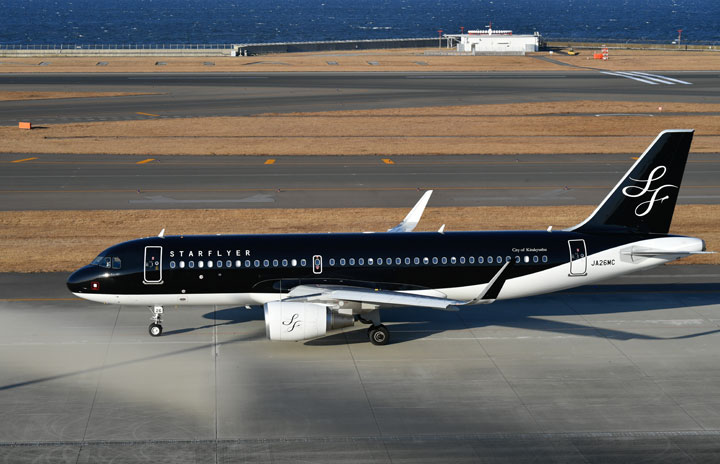US Navy is planning to lay the keel for the first next-generation Frigate in August 2023. The USS Constellation is the first of twenty planned FFG-62 (was called FFGX) frigates.
The U.S. Navy procured the first FFG 62 in FY2020, the next was awarded in April 2021, and the third is planned to be awarded is FY22. The U.S. Navy’s proposed FY2020 budget request was $1.281 billion for the procurement of the first FFG 62. The U.S. Navy’s FY2020 budget submission shows that subsequent ships in the class are estimated by the Navy to cost $850 to $950 million each in then-year dollars.
Interestingly the size and cost of the new frigates are comparable to the size and cost of the Arleigh Burke Destroyers that were mainly acquired in the 1990s.
The Constellation class frigates are 7,291 tons, fully loaded and are 496 feet long. (151.18 meters)
Constellation speed and range.
SpeedIn excess of 26 kn (48 km/h; 30 mph)
Range6,000 nmi (11,000 km; 6,900 mi) at 16 kn (30 km/h; 18 mph), electric drive
The weapons for the Constellation class Frigates:
32 Mark 41 VLS cells with:
BGM-109 Tomahawk Cruise Missile
Possibly RIM-162 ESSM Block 2 and/or RIM-174 Standard ERAM missiles
Planned RIM-66 Standard SM-2 Block 3C
16 × canister-launched over-the-horizon anti-ship weapons (likely Naval Strike Missile)
RIM-116 Rolling Airframe Missile launched from Mk 49 Guided Missile Launching System (21 cell)
Mk 110 57 mm gun with the Advanced Low Cost Munition Ordnance (ALaMO) projectile and related systems.
Various machine guns M240 or M2
The FFG-62 Frigate has fewer missiles than the Arleigh Burke Destroyers.
The first versions of the Arleigh Burke were 8300 tons. The Arleigh Burke-class destroyers have four separate variants, referred to as “Flights”. Newer Flights enabled the incorporation of technological advancement.
Guided-missile destroyer Displacement
Fully loaded:
Flight I: 8,200 long tons (8,300 t)
Flight II: 8,300 long tons (8,400 t)
Flight IIA: 9,300 long tons (9,500 t)
Flight III: 9,500 long tons (9,700 t).
The Burke Destroyers are faster but have lower range.
SpeedIn excess of 30 knots (56 km/h; 35 mph)
Range 4,400 nmi (8,100 km) at 20 kn (37 km/h; 23 mph).
The old Destroyer weapons:
Missiles:
2 × Mk 141 Harpoon Anti-Ship Missile Launcher (Flights I & II only)
Flights I & II: 1 × 29-cell, 1 × 61-cell (90 total cells) Mk 41 Vertical Launching System (VLS)
Flights IIA & III: 1 × 32-cell, 1 × 64-cell (96 total cells) Mk 41 Vertical Launching System (VLS):
RIM-66M Surface-to-Air Missile
RIM-156 Surface-to-Air Missile
RIM-174A Standard ERAM
RIM-161 Anti-Ballistic Missile (BMD-equipped ships)
RIM-162 ESSM quad-packed configuration (DDG-79 onwards)
BGM-109 Tomahawk Cruise Missile
RUM-139 Vertical Launch ASROC

Brian Wang is a Futurist Thought Leader and a popular Science blogger with 1 million readers per month. His blog Nextbigfuture.com is ranked #1 Science News Blog. It covers many disruptive technology and trends including Space, Robotics, Artificial Intelligence, Medicine, Anti-aging Biotechnology, and Nanotechnology.
Known for identifying cutting edge technologies, he is currently a Co-Founder of a startup and fundraiser for high potential early-stage companies. He is the Head of Research for Allocations for deep technology investments and an Angel Investor at Space Angels.
A frequent speaker at corporations, he has been a TEDx speaker, a Singularity University speaker and guest at numerous interviews for radio and podcasts. He is open to public speaking and advising engagements.
Note: This article have been indexed to our site. We do not claim legitimacy, ownership or copyright of any of the content above. To see the article at original source Click Here













